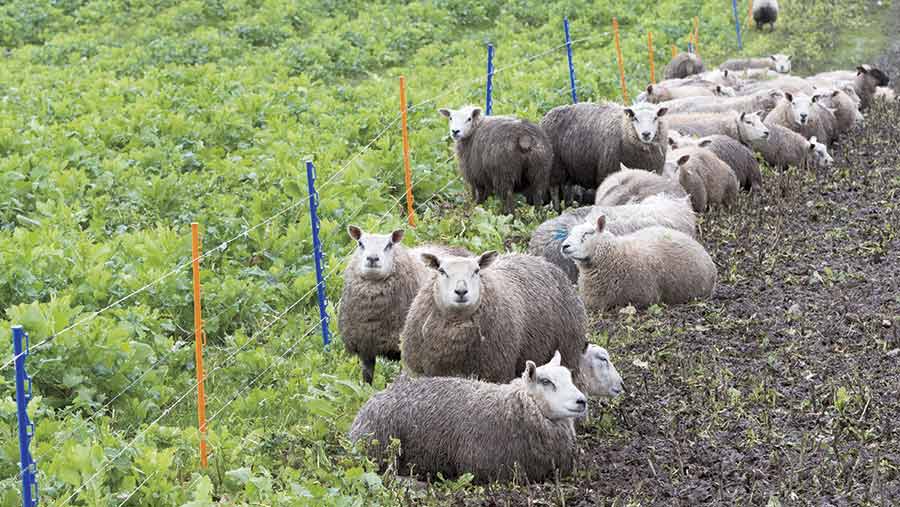Advice on calculating your lamb production costs
 © FLPA/Rex/Shutterstock
© FLPA/Rex/Shutterstock Cost control in lamb production is key to making a profit in a sector where seasonal supply fluctuations can cut market prices and squeeze margins.
Even when businesses are geared to hitting the peak prices, careful cost management on a per lamb or hectare basis will mean resources are used efficiently and margins maximised.
AHDB knowledge transfer senior manager Katie Thorley and Farming Connect technical officer Catherine Nakielny set out the importance of knowing the cost of producing a lamb and the key areas where costs are incurred.
See also: How to record lamb losses and why it’s vital
“Deriving a cost per lamb allows an easy and obvious comparison with the final price achieved. If a lamb fetches £70 and cost £80 to produce it shows that there is a problem, even if overall the farm is in the black due to other enterprises or single farm payment,” explains Ms Thorley.
“The first step is to pinpoint exactly what costs are being incurred. It is impossible to manage costs if you do not know what they are in the first place,” Ms Thorley says.
However, Dr Nakielny warns there is little point in knowing how much it costs to produce each lamb if the figures are not then analysed to see which cost areas can be tightened.
Examine figures
Examining the figures may immediately show where spending is highest and potentially indicate areas of inefficiency.
It can also highlight how numerous, small and seemingly insignificant expenditures, can accumulate to become a major cost burden.
It is possible to go further with the figures using a number of benchmarking tools that can shed further light on which areas of the business need attention.
Using consultants, vets or taking part in farmer discussion groups can then help to provide possible solutions.
AHDB has a tool called Farmbench, where the producer can enter their own figures to understand and compare your full costs of production at both enterprise and whole-farm level.
Benchmarking tools
Hybu Cig Cymru Lamb Efficiency Calculator
An additional benefit of deriving a production cost per lamb also has a psychological bonus in sharpening the focus on what it has taken to get that individual animal to sale and improving the manager’s attention to detail.
How to allocate costs and derive a figure per head
To be effective all costs need to be allocated to specific enterprises. These are split into variable costs incurred by the enterprise and proportions of fixed farm costs that can be attributed to lamb production.
What items to include
Variable costs
- Bought-in feed, milk replacer and minerals
- Home-grown cereals and straw (at the potential sale price)
- Forage, plastic sheets and additives, seed, fertiliser and sprays
- Veterinary services, medicines and wormers
- Bought-in bedding
- Miscellaneous – all other invoices for work-related costs like tags, membership fees
Fixed costs
- Paid labour, full and part-time, casual and self-employed
- All employer contributions
- Unpaid labour. A nominal payment figure for family labour should be included. This can be based on an appropriate hourly rate for someone with the same skill level
- Power and machinery
- Repairs, tools, electricity, road tax and insurance
- Contractor charges
- Administration, secretarial costs, accountancy and insurance
- Property charges, council tax, repairs, maintenance, water and rent
- Land resource costs rented land charges
- Depreciation, machinery plus buildings and fixed equipment under 10 years’ old
The list is not exhaustive and cost will vary from farm to farm according to systems used, breeds and geography. It is important then to account for all costs even if they are unusual and specific to the farm.
The total cost can then be added up and divided by the number of lambs sold to derive a figure per head.
